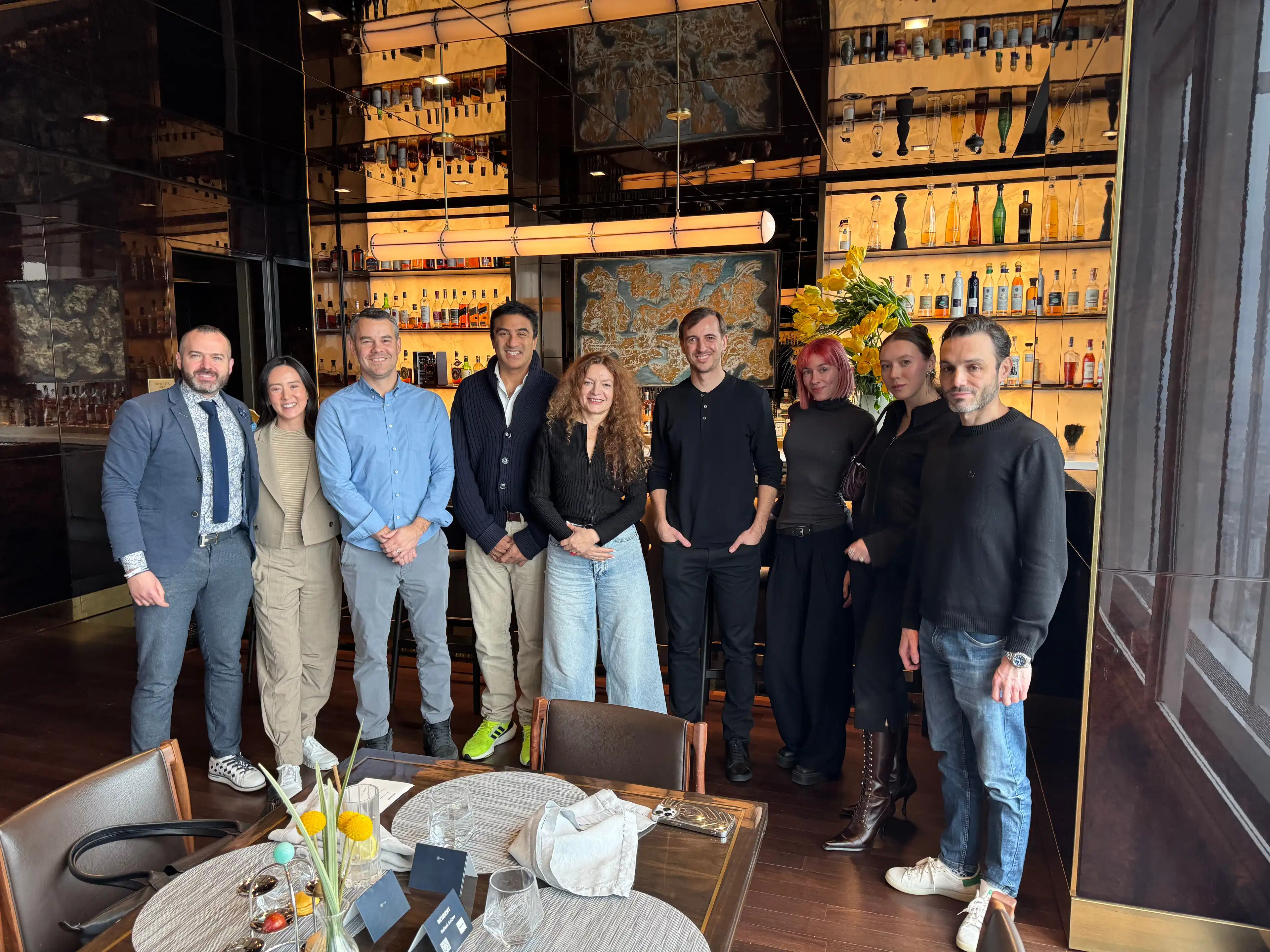
New Rules of Consumer Engagement: Insights from Fashion CEOs
A few weeks ago, I gathered a group of fashion & apparel founders for a lunch discussion about changing consumer behavior. I was fascinated by it. Every CEO at the table was wrestling with rapidly evolving consumers in some way. From luxury brands trying to keep up with a generation that expects quality at a low price, to designers for emerging brands that focus on sustainability.
One thing everyone agreed on was that younger generations, particularly Gen Z and Gen Alpha, are playing by a different set of rules. They want quality, sure, but they’re incredibly price-sensitive. And they’re not just buying for the sake of it. They want something unique, something that feels like it was made just for them. It’s almost like they want to stand out, but not too much...like they’re trying to find that perfect balance of expressing individuality without stepping too far away from their tribe. I didn’t know you could ask for it all :)
And then there’s sustainability. It’s a big buzzword, but not in the way I expected. Interestingly, it’s not a primary buying factor for Gen Z. Instead, it’s almost an underlying expectation. Consumers want to know brands are doing the right thing, but they’re not necessarily willing to pay a premium for it. They’ll still choose the product that feels right at the right price.
The same can be said about personalization. There’s a growing demand for products that feel like they were created specifically for the buyer. And it’s not always about slapping a name on something. It’s about being able to tweak the design, the color, or even the material to make it feel unique. Brands are starting to lean into that idea, and the ones that do it well are finding their audience.
But what really stood out to me is that people are craving real experiences. It’s not enough to scroll through images online. Consumers, especially younger ones, want to connect with the story behind a product. They want to meet the people who made it or at least feel like they’ve met them. One founder described how she used to hold in-person fittings for custom shoes, where the customers could learn about the process, see the materials, and even name their shoes. Those experiences were memorable. And more importantly, they built loyalty.
It’s the difference between just selling a product and building a relationship. When customers feel like they’re part of something bigger, something personal, it changes how they view the brand. And that’s a big deal in a world where the competition is just a click away.
But here’s the kicker: despite all the focus on Gen Z and Gen Alpha, most of their customers don’t even belong to those generations. The bulk of their audience is still made up of Millennials and Gen Xers, people who grew up with brands that set the standard for quality and status. It’s just that those older (I mean mature) consumers are now being influenced by the preferences of younger generations. It’s a weird blend of traditional expectations and new realities.
The other thing that kept coming up was the difference between premium brands and mass-market ones. It’s easy to assume that luxury buyers care most about quality, but it turns out they care just as much about the process. One founder pointed out that if you buy a $300,000 car, you might actually fly to Italy to see how it’s made, meet the craftsmen, and be part of that process. But if you’re buying a cheaper car, it’s just a transaction. You go to the dealership, pick it up, and drive away.
It’s the same with fashion, or pretty much any consumer product. When you make it an experience, people feel more connected. And when people feel connected, they’ll come back. Whether it’s through personalization, storytelling, or simply giving them something that feels authentic, it’s about making them feel like they’re part of the story.
The conversation eventually shifted to how brands can scale those experiences. It’s not easy. A lot of the storytelling and personalization efforts require a level of attention to detail that’s hard to maintain at scale. But the consensus was that it’s worth the effort, especially in the early stages (I mean what else are you going to do?). If you can’t give people that sense of connection, then you’re just another brand competing for attention.
My takeaway is this: as much as the world changes, the need for connection stays the same. And the more we can understand how to build those connections, the better we can build consumer businesses that last.
